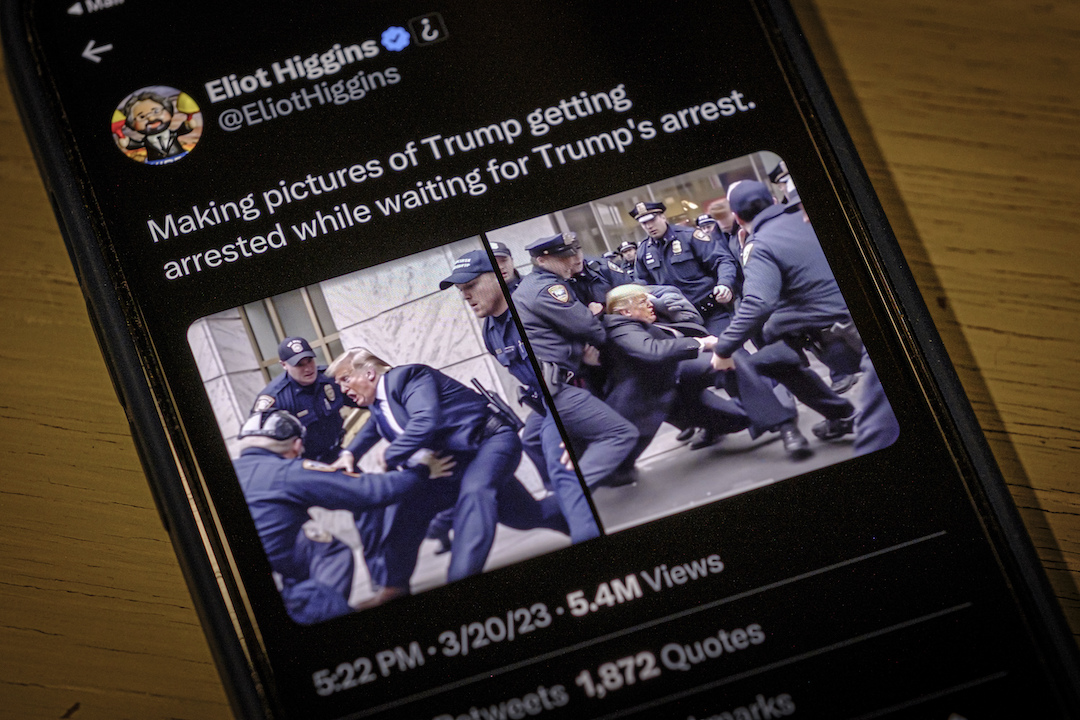It’s easy to assume that new forms of technology have dumbed down the English language. Text messaging has reduced phrases to letters (CU L8r) and tweets have so many abbreviations and hashtags they’re barely legible.
Less obvious, though, are the ways in which social media is strengthening the English language. A South by Southwest panel, “Slap My Words Up: Language in the Digital World,” addressed this topic on Sunday. Panelists were Fast Company’s Neal Ungerleider, McKinney’s Gail Marie; Digitaria’s Kristina Eastham; and Sean Carton, director for digital communication commerce and culture at the University of Baltimore.
Here are five ways that social media is having a positive effect on writing and the English language.
Increases awareness of mistakes, helps prevent them
Instead of looking at social media sites as platforms for making mistakes, the panelists said, look at them as platforms for catching mistakes. Ungerleider said that when Fast Company readers see errors, they often point them out via social media.
“Twitter has become the arbiter of language for us,” he said. “If we have a misspelling, people will let us know.”
Having an audience, particularly a vocal one, helps. Knowing your tweet, Facebook post or Instagram caption is potentially going to reach thousands of people can be a good incentive to proofread your social media posts. The fact that tweets can spread so quickly (even if you’ve deleted them) is another good reason to proofread them.
Differentiates writers
If your audience writes sloppily on social media sites, that’s not an excuse to start doing the same. Instead, think of it as an opportunity to differentiate yourself by writing well.
You can also differentiate yourself by advancing the conversation on social networks. I was reminded of this when the panelists shared a quote by Peter Lunenfeld, a digital media critic and theorist.
“The growth of blogs, Twitter and Facebook considered in tandem with Tumblr and other social softwares that enable posting and tagging accounts creates an environment of continuous partial production.”
Journalists can turn that partial production (strings of tweets, Facebook posts, etc.) into a full production — a story, a project, an interactive — that offers the analysis and context you can’t find in a 140-character tweet.
Spotlights short writing
Social media shows us the value of short storytelling. With Vine videos, we have just six seconds to get a message across. Similarly, Twitter’s 140-character limit forces us to make every word count. The site is a constant reminder that writing short and well isn’t easy.
“Shorter is better — if you can do it well,” Marie told the SXSW crowd. “It takes some level of skill.” Audience member Claire Willett responded “that’s a biiiiiiiig if.”
There are some journalists who do an especially good job writing short on Twitter — including Xeni Jardin (@Xeni), Frank Bruni (@FrankBruni) and Joanna Smith (@SmithJoanna).
Reminds us that change is constant
The panelists said people’s concerns about digital media reflect concerns from the past. “Is technology taking us back to the future?” Marie asked. She shared a quote from new media research developer Paulien Dresscher:
“Just as Socrates was concerned that the invention of writing would make people forgetful, people today are worried about the degree to which we are permanently shaped by digital technologies.”
Language is always evolving, and technology is a healthy part of that evolution. In some ways, technology has taken us full circle.
“When we first began to write things and moved away from oral culture, it changed the way things worked,” Carton said. “Now we’re moving to a post-printed era. If you look at the characteristics of social media … it’s much more like oral culture than written culture” because it’s so conversational.
Creates new words, meanings
Sites such as Wordnik and Urban Dictionary have entries for misspelled words like “dunno,” “l8r” and “aight.” Wordnik founder and lexicographer Erin McKean has told me: “If a word is persuasive enough, and if your usage is provocative enough and feels real enough, you can make a word mean what you want it to mean.” The panelists alluded to this when sharing a breakdown of the definitions of “heyyyyy.”
Many recent neologisms have originated through social media.
“I’d say that the big keystone of success is if you can work a word into the English language based on your brand or based on your technology.” Case in point: “googled,” “friended,” “liked,” “tweeted,” “instagrammed” and “storified.”
The word “friending,” Marie said, has actually “been a transitive word since the 13th century.” We just tend to use the word “befriend” instead.
“It’s interesting to look at how the word ‘friending’ is changing the word ‘friend,’ Carton said. “On Facebook, they’re not your friends in the traditional sense; they’re your acquaintances.” He noted that he’s still waiting for someone to come up with a shorter version of “www.”
Eastham wants someone to create a word to describe a person you’re introduced to via email. For now, she’s come up with her own word: “Equaintance.”








Comments